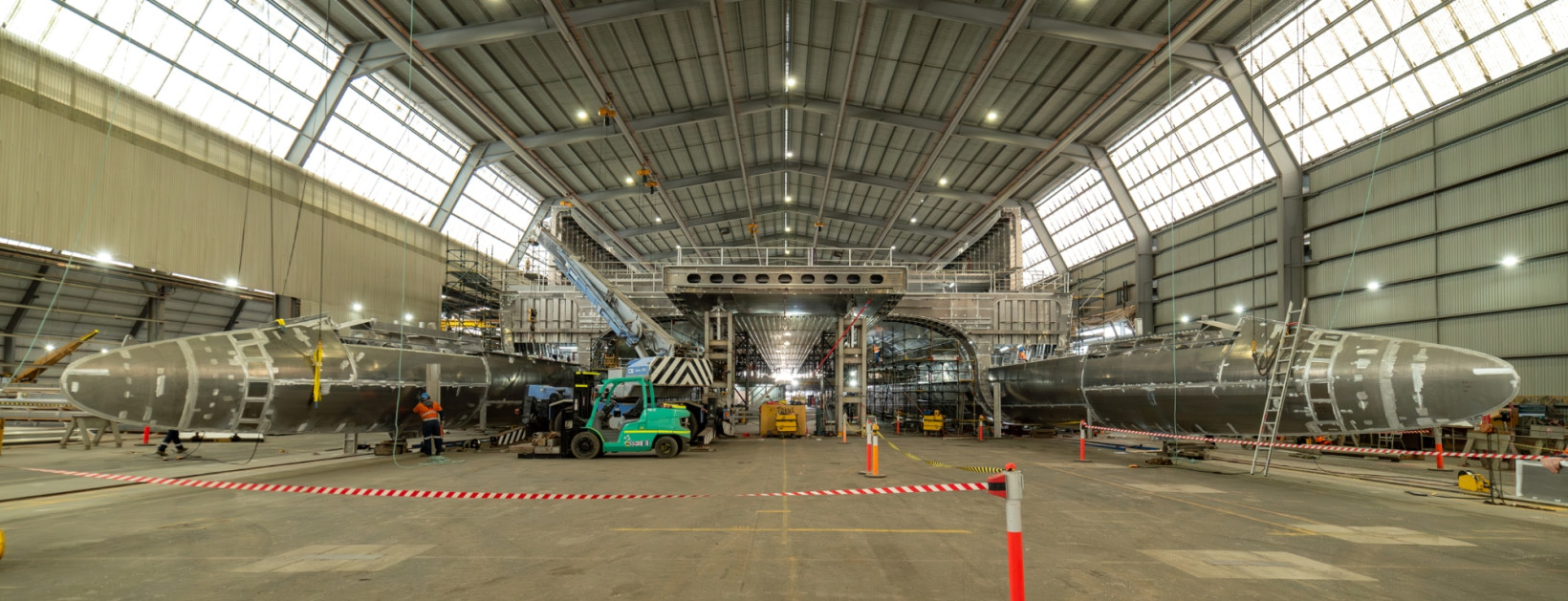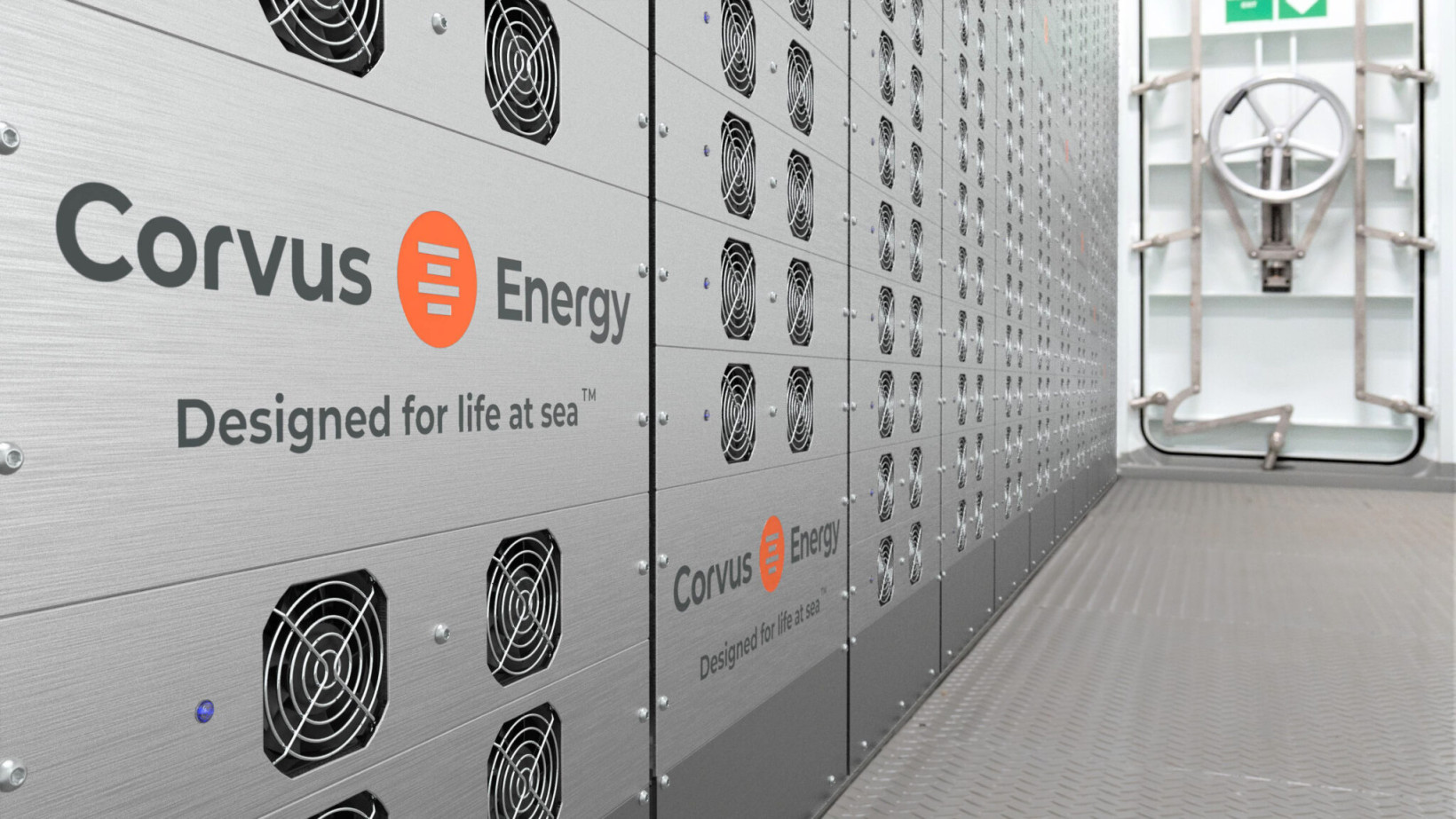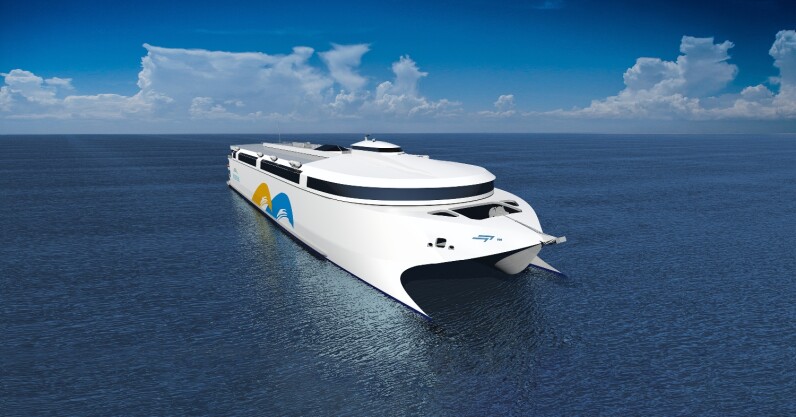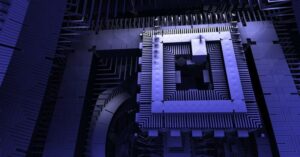Australian shipbuilder Incat Tasmania has selected two Nordic companies to provide the battery and propulsion technology for the world’s largest electric ship, as the industry looks to charter a course toward greener voyages.
Incat is currently constructing the 130-metre-long battery-electric vessel at its factory on the island of Tasmania, off the coast of Australia. It is building the vessel for South American shipowner Buquebús.
Once the ship launches, scheduled for some time in 2025, it will ferry up to 2,100 passengers and 225 vehicles on a route between Argentina and Uruguay.
Finland’s Wärtsilä will provide the electric motors and water jet propulsion systems for the ferry, while Norway’s Corvus Energy will supply the energy storage system (ESS). At over 40MWh, the batteries will be four times larger than any battery ever installed on a ship anywhere in the world.


The <3 of EU tech
The latest rumblings from the EU tech scene, a story from our wise ol’ founder Boris, and some questionable AI art. It’s free, every week, in your inbox. Sign up now!
The ESS is, according to Corvus, only made possible through the company’s newest high-density batteries specially developed for lightweight ships. The battery system will in turn power the electric motors that drive the vessel’s eight waterjets.
“What brings all this together is the energy management system, which is the brains of the system,” explains Paul Kohle, vice president at Wärtsila. “That has software that optimises the overall operation and operating profile of the vessel and supports the vessel’s crew in terms of the displays.”
The hope is that the unique design of the ship’s propulsion system will open up new markets, “including crossing the English Channel on zero emissions,” said Halvard Hauso, commercial director at Corvus Energy.

“This groundbreaking project marks a turning point in the maritime industry’s effort to transition towards greener means of transportation,” said Hauso. “It redefines the future of ferry operations worldwide and paves the way for other large, zero-emission vessels.”
Elsewhere, similar attempts to decarbonise the shipping industry are underway. Norway is considered to be leading the charge on electric ships globally, with over 60 electric ferries in operation, out of its total fleet of 200. Aside from batteries, other solutions include installing giant sails to cut fuel consumption and even reinventing the pirate ship.
Published



